Introduction to organic vegetable gardening in pots/containers: If you grow organic veggies, you won’t be able to use chemicals or herbicides on them, so you’ll have to be more careful about pests. To start an organic vegetable garden:
- Choose a location in your yard where you can dig a plot, build a raised bed, or install planting containers
- Prepare the soil and plant your vegetables
- Use organic pest control to keep them healthy
Guide on organic vegetable gardening in pots/containers, essentials, tips, benefits, best way to grow organic vegetable gardening in pots/containers
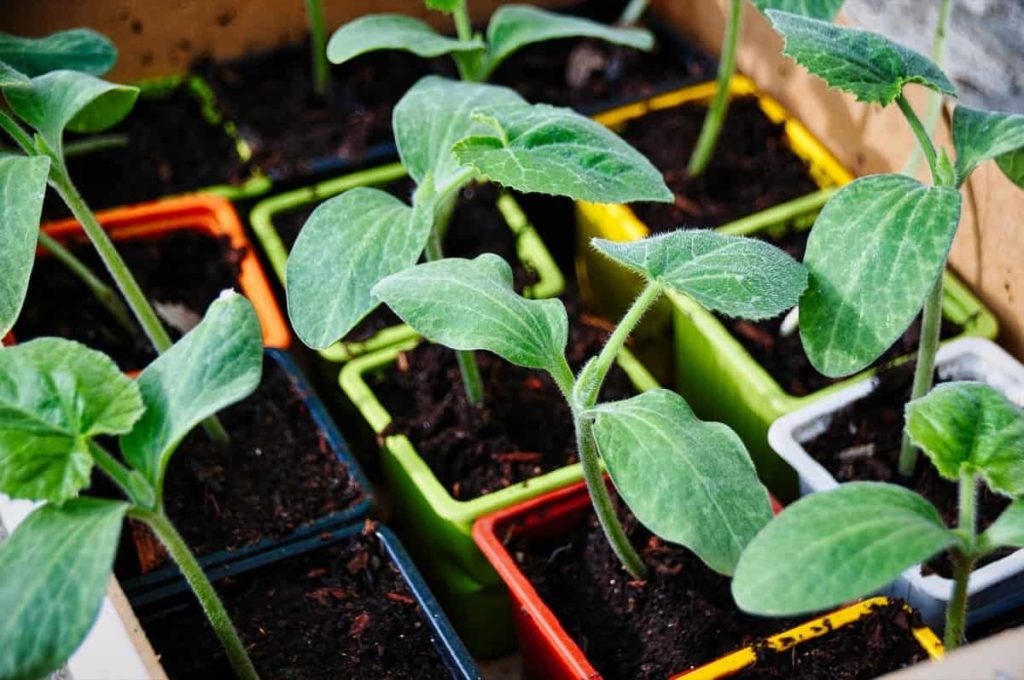
Essentials for organic vegetable gardening in pots/containers
Drainage
If plants are to avoid drowning, drainage is essential. Plants will not sit in water or soggy Soil if the bottom of your pot or container lets water out. Either drill several large or small holes in your container to allow water to drain. Insufficient drainage can usually be addressed by drilling holes.
Soil
Potting Soil of high quality is essential for vegetables. Add some fertilizer to the Soil as well.
Water
Water is essential for the growth of vegetables. However, several problems arise due to inconsistent moisture, including blossom drop, poor root development, curling leaves, insect problems, and rot.
Fertilizer
A plant’s food is fertilizer, which plants need to thrive. Therefore, if your Soil is not fertilized already, you’ll want to add fertilizer. You need fertilizer when you grow vegetables in containers. Without fertilizer, you won’t succeed. When planting, it is best to mix a granular organic All-Purpose Fertilizer with the Soil and then feed it weekly with a water-soluble fertilizer. The importance of fertilizer can be attributed to several factors. First, the growing medium contains little or no nutrients in the container.
Therefore, you provide the plants with all the nutrients they need. Secondly, containerized plants are watered, which washes the soil’s nutrients every time. Another reason to use fertilizers in a container garden is that many plants are packed into a small space. The plants commonly found in one 2′ x 2′ self-watering planter are tomato, pepper, basil, and parsley. There’s a lot of foliage to feed on with a few gallons of Soil.
Steps to growing organic vegetables in pots/containers
1. Choose your pot
It is essential to use a large pot to achieve success. Large pots are essential for planting vegetables, as their roots are thirsty and hungry, so they require a lot of Soil to grow. The ideal size for pots is 40cm to 50cm in diameter (across the top). Potting mix will fit inside approximately one 40cm pot and about two 50cm pots, so you can easily calculate how many bags you need.
2. Which vegetables to choose
Most veggies can be grown in pots, but there are some exceptions. Tomatoes, bok choi, spinach, pak choi, beans, cabbage, capsicums, chilies, carrots, celery, lettuce, peas, and herbs are ideal for pots. The vegetables should not be too large and cumbersome. If you plant, For example, if sweet corn is in a garden bed, its height may cause pots to become top-heavy & fall over, causing injuries.
In case if you miss this: Top 50 Vegetables To Grow In The Backyard
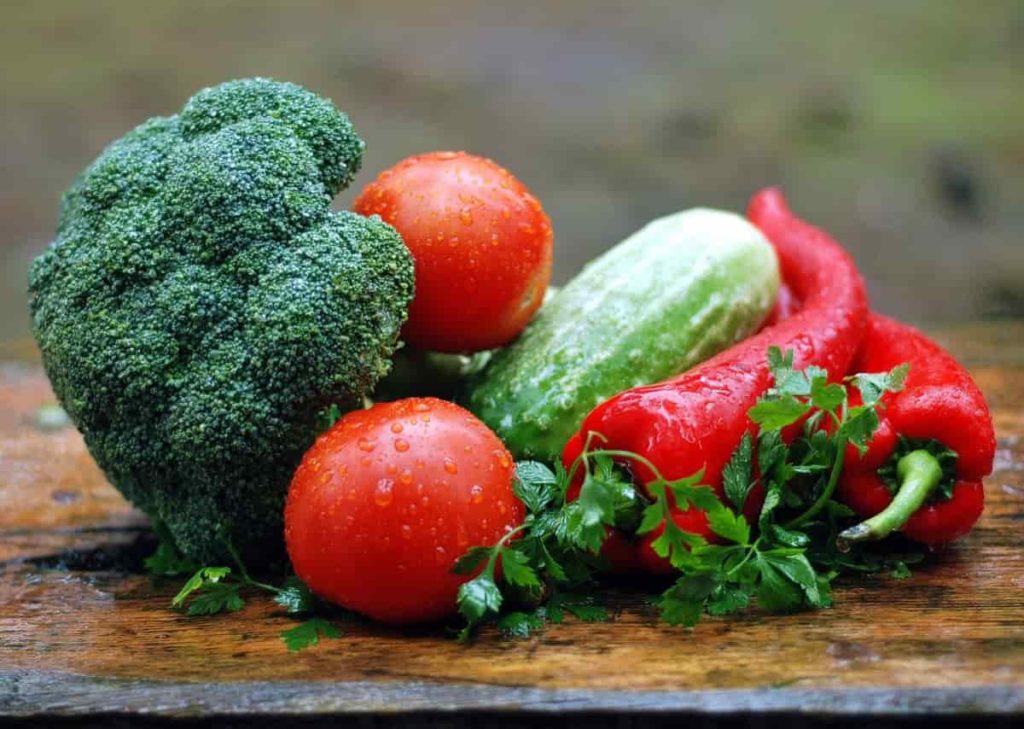
3. Select the organic planting medium
Compost or garden soil mix is never used in pots. In pots, they tend to hold too much moisture and do not provide adequate soil aeration because these products are meant for garden beds. As a result, they cause root systems to become waterlogged and plants to grow poorly. Certified organic potting mix provides optimal aeration and water retention.
4. Planting
Follow the seed packet or punnet instructions for planting seeds or seedlings. Seeds do well in pots because the potting mix provides ideal conditions for germination. It is common to plant seedlings too close together since they are so small. When a plant matures, it becomes crowded and will not perform or taste as well as if it had had plenty of space to grow. It is best to have one vigorous tomato plant per pot. Planting two to three beans or peas per pot will suffice for both. Water well!
5. Mulching
Mulch well to save water and maintain a healthy potting mix. Mulch well after seedlings is planted to conserve water. Do not mulch until seedlings have sprouted. Doing so could prevent them from breaking through the surface.
6. Fertilizing
It is possible to feed potted vegetables in the same way as veggies in garden beds. You will need to apply additional fertilizer through the growing period for good veggie growth in a good potting mix. Once seedlings have hardened off and established, apply Searles Organic Plant Food (Vegetable & Herb). Water the pots while applying liquid plant food. SeaMax Fish & Kelp, a fish and seaweed fertilizer mixture, is an organic plant food you can use. Drench the roots of the plants by spraying this on the foliage and Soil. To grow vegetables with as few pest problems as possible, repeat every 1–2 weeks.
7. Pest Control
Plants grown in pots have a better chance of surviving pests and insects than those grown in garden beds. For example, it is easier to see snails in pots because they are less attractive. When you see insect activity, spray with Searles Bug Beater (pyrethrum spray) or remove them by flicking them off and squashing them. Add fruit fly traps to tomato stakes above the pots for additional pest protection when growing tomatoes in tropical areas.
In case if you miss this: Top 20 Vegetables to Grow Indoors
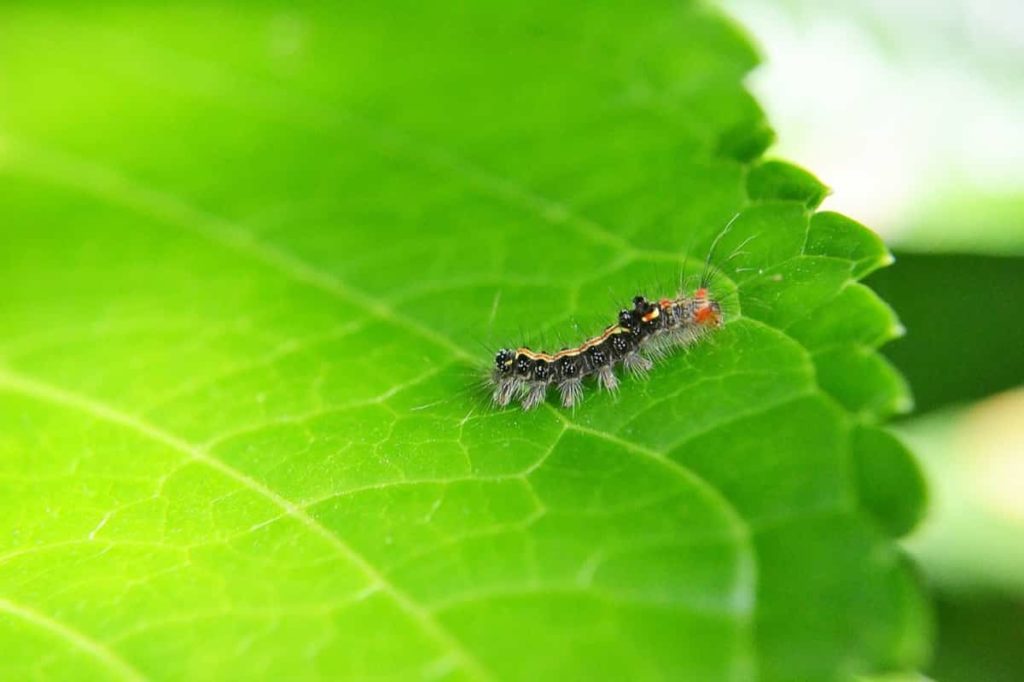
8. Eat
You’ll never taste anything more delicious than homegrown vegetables, whether it’s the additional formula of ‘love’ added to every watering or the fact that they ripen on the vine.
The best way to grow organic vegetable gardening in pots/containers
Planting your vegetables
Organic crops grown in containers require the same preparations as those grown in the ground – nutrient-rich Soil, ample sunlight, and space for the plants to grow.
Choosing the right container size for your plants
It’s better to choose a more prominent planter for your vegetables. Although small pots look pretty, they can negatively affect the growth of your plants, so choose a container that is specially made for vegetables. More Soil in a big container keeps it moist and holds more nutrients. When you want to grow root vegetables like carrots and parsnips or hope to produce a healthy crop of potatoes or grow a fruit tree, you’ll need a deep container because they require a lot of space to grow.
In case if you miss this: Growing Garden Cress From Seed, Indoors, Tips, Ideas
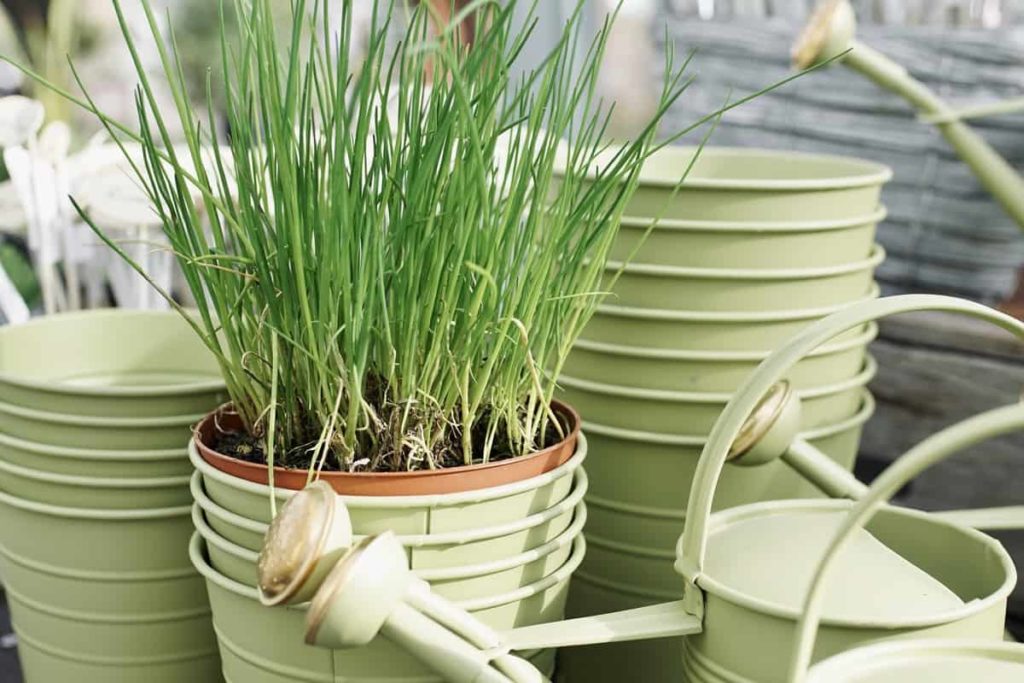
Whatever type of container you choose, every vegetable container requires good drainage. If your vegetable container does not come with drainage holes, you’ll need to drill these in yourself. So, your vegetables’ roots don’t sit in stagnant water. Instead, excess water needs to pass through the container. If the bottom is flat, try to raise your flat-bottomed planter off the ground.
Preparing your container soil
To achieve the best results, you need to consider what Soil you will use in your vegetable pots. Your planters will not hold up to bare Soil from the garden, so you must fill them with quality Potting Soil. Several organic potting mixes are available to purchase, so shop around to find the best one. In some soils, synthetic ingredients like chemical fertilizers may be present. First, check the ingredients in the Soil. Growing organic gardens allows people to know just what is in their soil mix. A simple method is to mix equal parts of Soil and compost with coarse materials to enhance its texture and moisture retention.
Choosing the best location for vegetable gardening
It is essential to consider sunlight when choosing the location for your organic vegetable containers since it significantly impacts how your vegetables grow. For best results, place your planters in a place where they can receive at least six hours of direct sunlight each day. South-facing locations will allow your plants to receive morning sunlight.
In case if you miss this: Plant Care Tips, Ideas, and Techniques
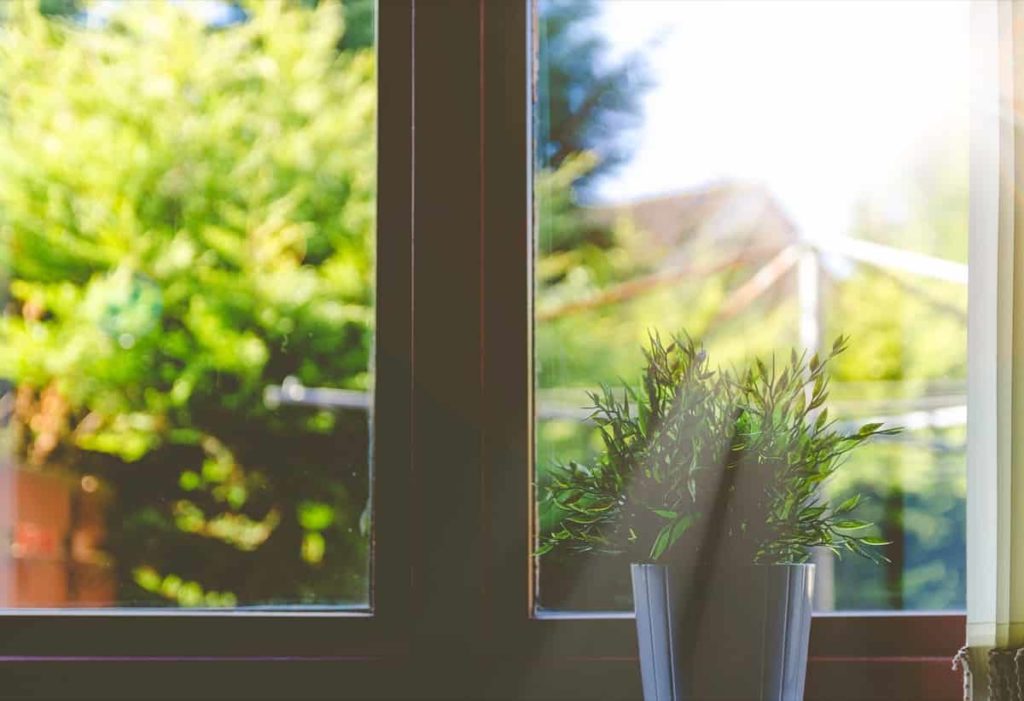
However, if you expose your vegetable containers to too much intense light during the day, the Soil may become very dry. One of the most incredible things about container gardening is that you can move them to relocate your vegetables as necessary.
Watering your crops
The plants you grow in containers do not have access to moisture in the ground as they are traditionally planted, so how much water you give them is essential. You’ll need to consider the type of crops you’re growing as well as weather conditions. For example, if it’s a hot summer, water your plants both in the morning and evening to ensure they have enough water. Moreover, the excess water lost through drainage may destroy essential nutrients, so liquid organic fertilizer is recommended for most plants.
Control of pests
One of the benefits of container gardening is that it raises plants and crops above the ground, making them less susceptible to pests and diseases. Moreover, the flexibility of vegetable planters means you can put them close to your house, so you can keep your organic crops healthy and spot any pests early on.
Tips for organic vegetable gardening in pot/containers
Full sun
Getting enough sunlight throughout the day is essential. Some areas with only part-sun (4-8 hours) are ideal for lettuce, greens, and some herbs, but most vegetables and fruits need a lot of light and heat to thrive. It’s not hard to find helpful tips like this one about vegetable gardening.
Start small
A hundred square feet per person is plenty to start. If you have 50 square feet, that is okay as well. A vital beginner vegetable gardening tip is starting small and getting overrun by weeds and various gardening chores. If you plant densely, 100 square feet can produce much food. For example, consider planting one or two indeterminate tomato plants instead of ten. A happy tomato plant can produce dozens, maybe even hundreds of tomatoes.
Good soil
It is essential to incorporate a couple of inches of quality compost into the Soil’s top few inches, maintain a 2-4-inch layer of straw or leaf mulch (not bark mulch), and provide adequate water. After that, you can apply specific fertilizers and microbial inoculants based on soil testing.
Buy plants
It is possible to start plants indoors eventually, but it does require some extra effort. Therefore, for beginners, it is recommended to buy most of your plants
Fertilizer
Considering it takes years to build up good Soil, liquid fertilizers are essential while we’re establishing a vegetable garden. Ocean water and seaweed are the best fertilizers. Rather than just providing the N-P-K of conventional fertilizers, they provide a broad range of nutrients. Furthermore, they are used throughout the growing season, usually once a month.
Microbes
Compost tea or effective microorganisms can be used as a microbial inoculant with one of the above fertilizers. In our Soil, bacteria play just as important a role as organic matter and nutrients. Nevertheless, they are not talked about as much as fertilizers, so this is one of the more unique tips for beginners about organic vegetable gardening.
Water
Seeded areas need to be watered often – maybe even daily – and newly planted areas probably every 2-4 days. Waterless often in late spring – perhaps once a week – but deeper so that the roots grow. The above varies depending on your climate, but these are the basics.
In case if you miss this: How To Grow Plants From Cuttings
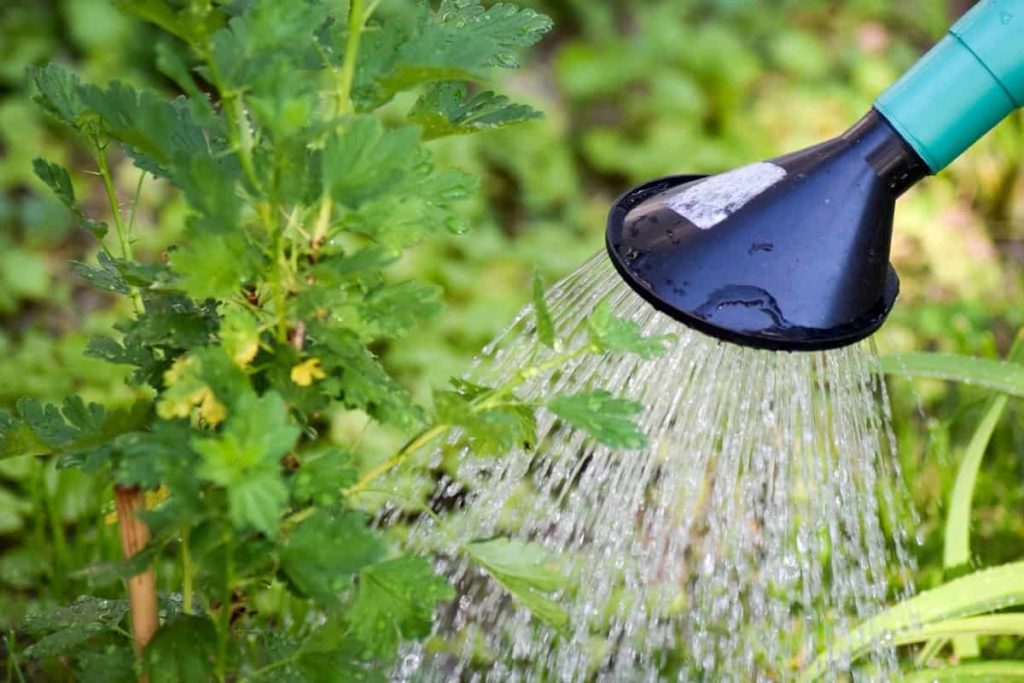
Benefits of organic vegetable gardening in pots/containers
- During periods of water restrictions, pots are more accessible to water than garden beds
- If you are going on holiday, or if you go over to a friend’s house, or if you want to add some water to a bathtub, it is easier to find a ‘babysitter’ with pots
- Plants are easily moved around the garden to find the correct light and position
- The pot can be used as an extra decorative feature in the garden because it comes in many shapes and sizes. It is unnecessary to do heavy digging or turning of the Soil
Commonly asked questions about organic vegetable gardening in pots/containers
1. Is it possible to grow organic vegetables in pots?
Any vegetable or herb that has enough room should thrive in a container. If you can, choose the enormous container you can. Tiny containers dry out much more quickly and require daily watering.
2. Is it possible to grow organic vegetables anywhere in a container?
You can grow fresh organic vegetables in containers in five easy steps:
- Collect some containers
- Go to your local garden center to get the suitable Soil
- Think about organic and heirloom plants
- Start growing your seedlings after buying your seedlings
- Provide your plants with the right conditions to grow
3. What type of soil is best for growing organic vegetables in containers?
Plant your container vegetable garden in great soil-not your yard soil, but a potting mix. Potting Soil mixes peat moss, coir, and compost materials to create the ideal growing environment for roots in pots.
4. What is the best fertilizer to use for container organic vegetables?
For container-grown plants, liquid seaweed, kelp, or fish fertilizers are excellent choices. Follow the label instructions for mixing rates and applying instructions for natural liquid fertilizer.
5. Is it possible to grow vegetables in a container together?
- Tomatoes and basil
- Onion and broccoli
- Onion and carrots
- Basil and pepper
- Beans and carrots
- Garlic and lettuce
- Onions and leeks
- Radish and cucumber
- Flower Garden Designs and Layouts for Beginners
- Planting and Spacing Techniques in Papaya: A Beginner’s Guide
- Growing Gold: Essential Techniques for Planting Pineapples
- How to Make Kalanchoe Plant Bushy: Home Remedies and Solutions
- 11 Reasons Why Your Gardenia is Not Blooming: Home Remedies and Solutions
- Eco Elegance: The Guide to Designing a Drought-Tolerant Landscape
- Gardening on a Slope: Strategies for Hillside Landscaping
- Nourish and Flourish: Top Organic Mulches for Thriving House Plants
- Everything You Want to Know about Indian Mogra Flower: Discover Uses and Growing
- Green Thumb Success: Expert Tips for Cultivating Greenhouse Pumpkins All Year Round
- Maximize Growth & Flavor: The Ultimate Guide to Companion Planting in Herb Gardens
- How to Control Rhododendron Problems Naturally: Home Remedies and Organic Ways to Fix Them
- Natural Magic: The Remarkable Benefits of Cinnamon for Plants
- Best Steps to Revive Dying Tulip with Natural and Organic Treatment
- 10 Reasons Why Your Angel Trumpet is Not Blooming: Remedies and Treatment
- How to Fix Periwinkle Leaf and Flower-Related Problems: Natural Remedies and Solutions
- How to Fix Zinnias Leaf and Flower Problems: Discover Natural and Home Remedies
- Organic Steps to Induce Lemon Tree Flowers: A Comprehensive Guide
- Bloom Booster: Crafting the Perfect Homemade Bougainvillea Fertilizer
- Optimizing Growth: A Guide to Applying NPK Fertilizer for Potted Plants
- 10 Best Homemade Fertilizers for Rubber Plant: DIY Recipes and Application Method
- How to Boost Female Pumpkin Flowers: Effective Steps for More Flowers and High Yields
- Transform Your Indoor Garden: Top Benefits of Pink Salt for Houseplants
- 10 Best Homemade Fertilizers for Peacock Plants (Calathea): Easy DIY Guide
- Unlock Blooms: 9 Reasons Why Your Potted Chrysanthemum is Not Blooming
- 8 Reasons Why Your Potted Hibiscus is Not Blooming: Fix it with Simple Solutions
- Unlock Blooms: 9 Key Reasons Your Potted Frangipani Won’t Flower
- 10 Reasons Why Is My Ice Plant Not Blooming: Remedies and Treatment
- 10 Reasons Why My Potted Hydrangea Not Blooming: Treatment and Remedies
- 10 Reasons Why is My Wisteria Not Blooming: Remedies and Treatment
- 10 Reasons Why is My Goldfish Plant Not Blooming: Remedies and Treatment
- Maximize Your Space: Ultimate Guide to Balcony Gardening with Grow Bags
- 10 Reasons Why Your Iris is Not Blooming: Remedies and Treatment
- 10 Reasons Why Your Anthurium Plant is Not Blooming: Treatment and Remedies
- 10 Reasons Why Your Aquaponic Plants Are Not Flowering: Remedies and Treatment
- 10 Reasons Why Your Agapanthus is Not Flowering: Remedies and Treatment